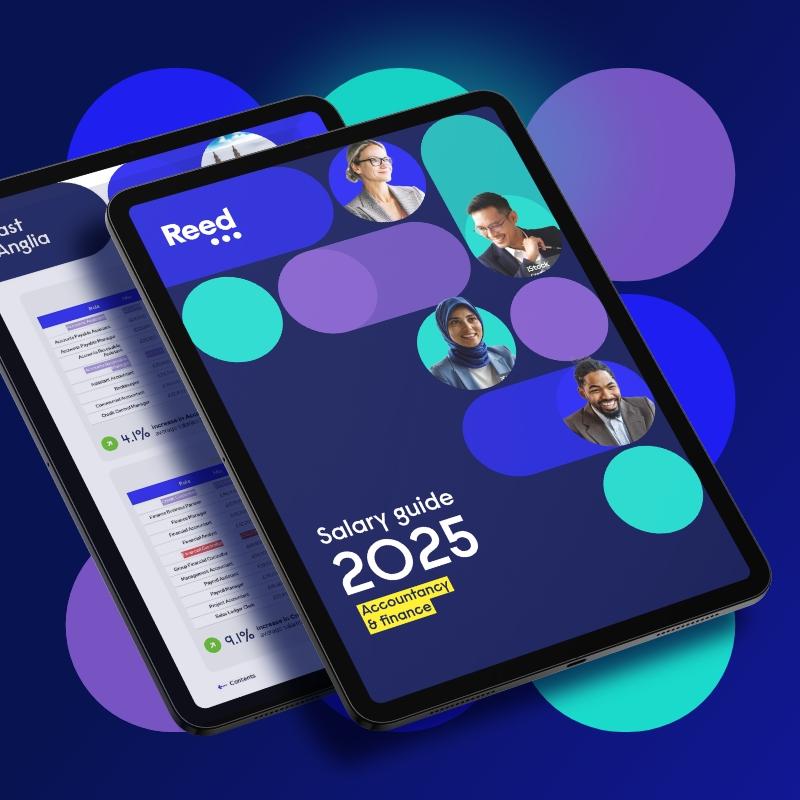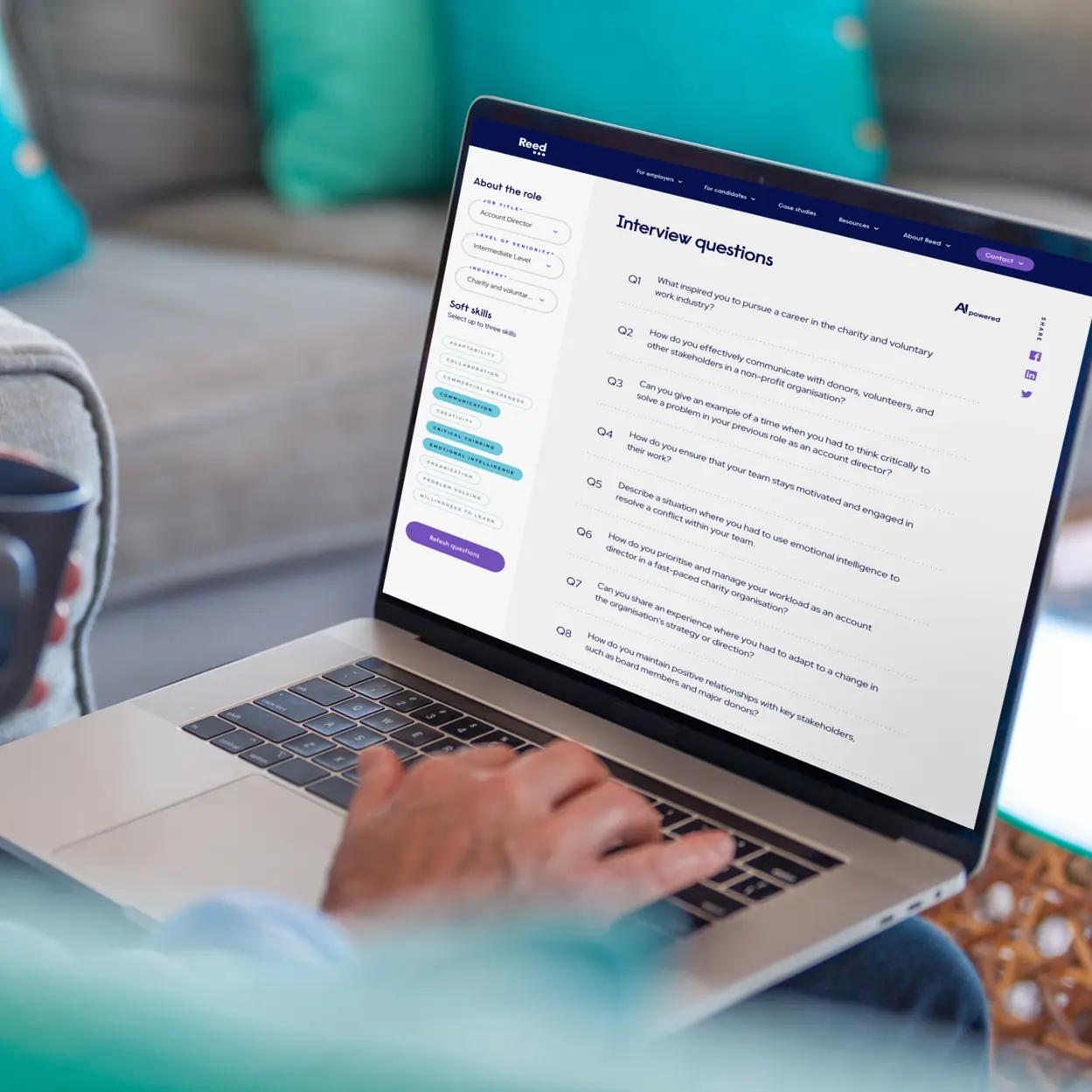The first step is to advertise the role with clear and accurate information about the position available. Something that works alongside a job description is the ‘person specification'.
The person specification, or personal specification, is an important part of the recruiter’s toolbox. It allows you to communicate the traits you find desirable in an ideal candidate, such as education, previous work experience, and any extra traits needed to succeed in the role.
What is a person specification?
A person specification is a detailed description of the ideal professional, or candidate as we refer to in the recruitment sector, for a specific job role. It outlines the qualifications, skills, experience, and personal attributes required to perform the job effectively. Typically developed alongside a job description, the person specification serves as a benchmark against which applicants can be assessed, helping those hiring identify the most suitable individuals for a position. It ensures that recruitment processes are clear, consistent, and based on merit, allowing hiring decisions to be made fairly and objectively.
The content of a person specification is often divided into essential and desirable criteria. Essential criteria refer to the minimum requirements a person must meet to be considered for the role, this could be holding a specific qualification or possessing a certain level of experience. Desirable criteria, on the other hand, is where you would highlight qualities or experience that would enhance an application but aren't necessary. This structure helps to filter candidates efficiently, ensuring that only those with the appropriate capabilities are shortlisted.
In addition to technical and academic requirements, a person specification may include soft skills such as communication, teamwork, and adaptability. Personal qualities like motivation, reliability, and a proactive attitude can also be featured, especially if they align with the values or culture of the organisation that is hiring. By making these expectations explicit, employers not only attract the right type of applicants but also give those looking for work a clearer understanding of whether the role suits their profile and needs.
Many companies rely solely on a job spec, focusing on the job and not the person. With talent more sought-after than ever, the more people-focused businesses are doing just that - focusing on the people.
The five purposes of a person specification:
It makes the interviewing process more refined and streamlined
Jobseekers are able to assess themselves before applying and understand how they will fit in with the role and your business. This allows them to match themselves according to suitability and not just skills
It clarifies the two types of personal qualifications important to the employer: essential and desirable. This enables the employer to be explicit in what they want and how the candidate matches this criteria
It helps to communicate equal opportunities policies within the recruitment culture of a business. The law is very clear about discrimination. A person specification ensures you are assessing a candidate on their abilities related to the role
It means you test all of your candidates against the same list of priorities set out in advance. This helps remove bias, prejudice and personal interest, all of which can be problematic for recruiting successfully
What to include in a person specification
The person specification examples shown below are the types of information you should look for in a candidate. It’s important to know what is and isn’t appropriate for the vacancy you’re looking to fill.
For example, some roles have a legal requirement for the candidate to have a set level of training and qualifications. It can be a sensitive document if approached incorrectly, so it’s better to be safe than sorry.
Attainments - e.g. qualifications, experience, positions held
Soft skills - e.g. relationship building, public speaking, time management
Job-specific capabilities - e.g. use of different software or programmes, or team management
Personality traits - e.g. proactive, patient, motivated, attention to detail
Physical attributes - e.g. height, eyesight (note - these must be a justified requisite to complete the tasks within a role, not a preference)
For specialist advice on your industry, get in contact with one of our consultants here.
While the employee and the employer have similar goals, ethics and job satisfaction, the employee will continue to work hard and give loyalty.
Top tips when writing a person specification
Be realistic: It’s incredibly rare any candidate will tick all boxes. Ensure you know your must-haves from your nice-to-haves.
Identify existing skills gaps: The most successful teams are made up of individuals who bring something different to the department. Consider where your weak spots are and seek those out in the desired skills section.
Consider how you might assess the criteria: Can the candidate be tested or demonstrate the desired attributes in an interview situation when asked? If you can’t think of an example, it may be unfair to expect them to.
Check your tone of voice: It’s a good idea to have one or two people read over the document to check all points are conveyed in an appropriate manner and cannot cause offence.
How does a person specification ease the onboarding process?
Once a candidate has been chosen, the person specification makes integration and training much more organised because you will already be aware of what the candidate is able to do.
For example, if your specification required someone with excellent computer skills as being essential to the role, then you would only need to give a brief induction to the computer systems of your business.
It can also assist with creation of learning and development plans where they perhaps didn’t have certain desirable skills - yet.
Recruitment agencies are experts in creating person specifications. Get in touch with one of our specialists for more advice on finding the best person to help reach your business goals.





